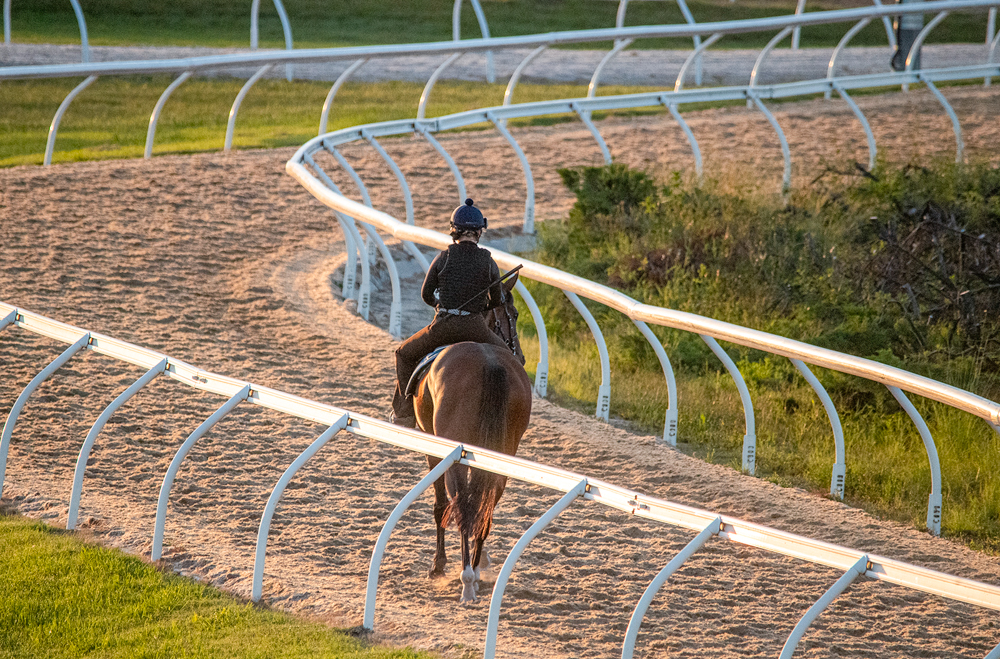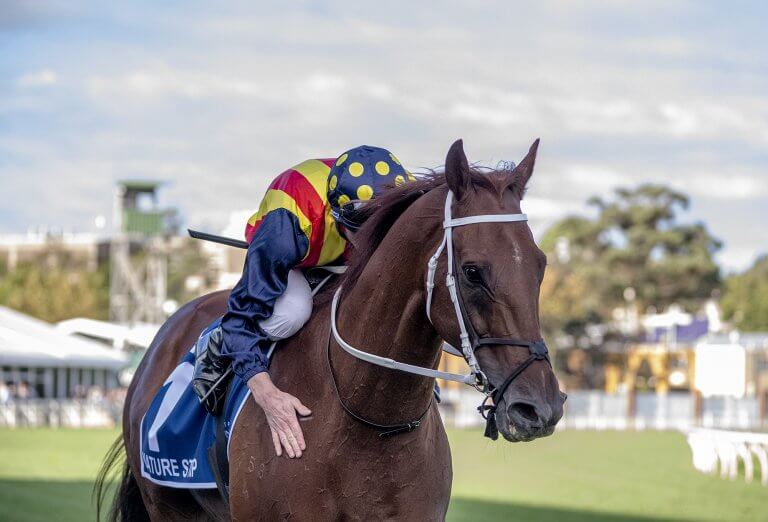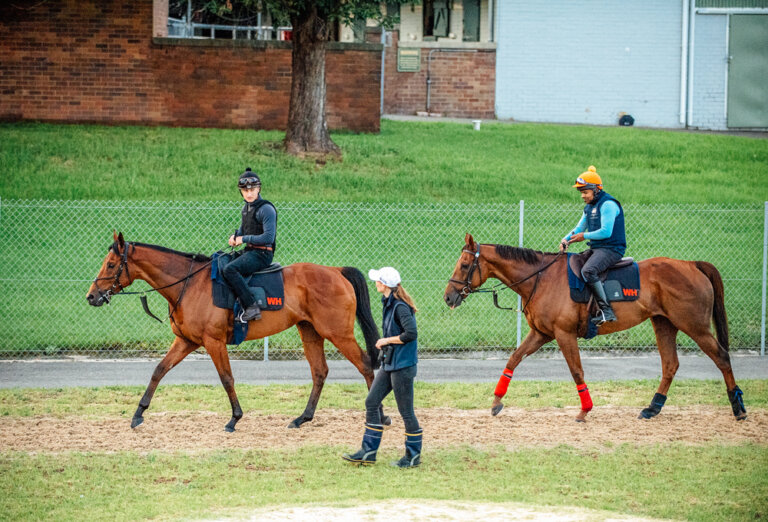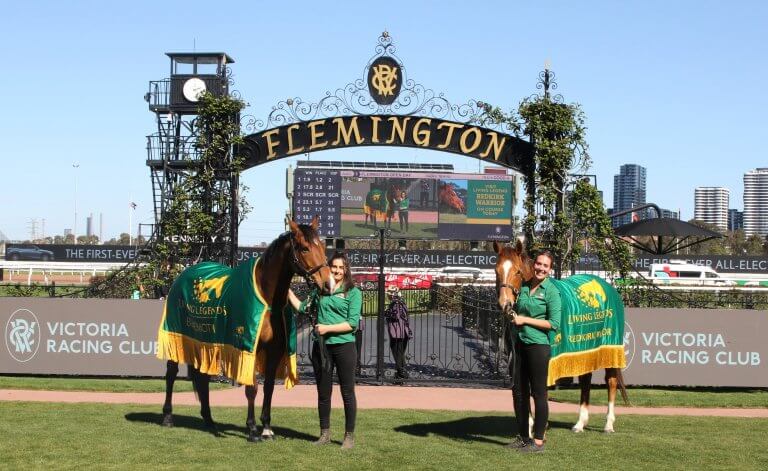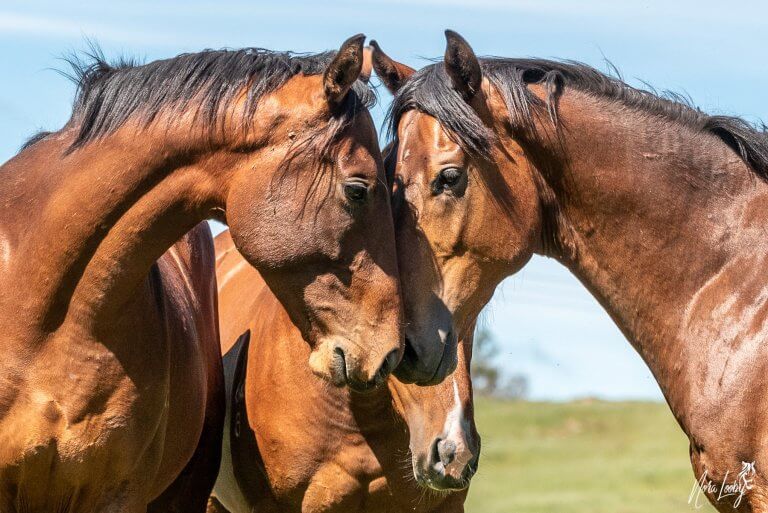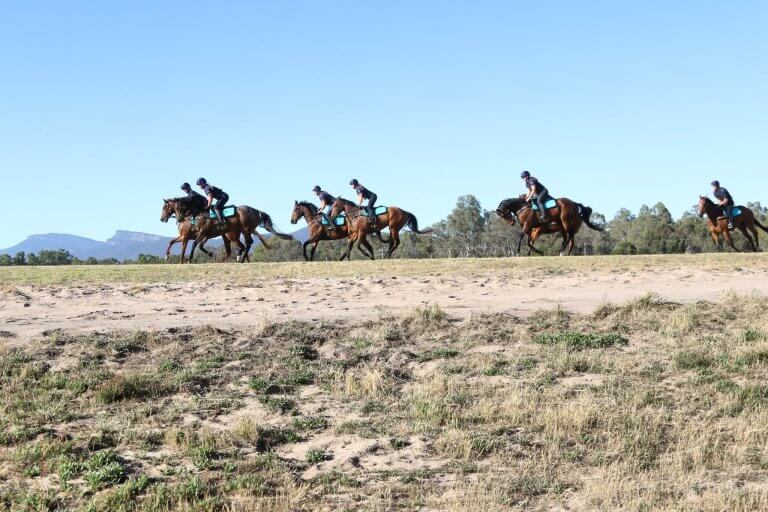Whether they’re racing for $15 million or $15,000 in prizemoney, thoroughbred racehorses are given a high standard of care and attention by their dedicated teams across Australia.
Then, if they are not showing racing talent or as they grow older, they will eventually be retired.
The Green Party frequently say, “over 10,000 racehorses are killed each year in abattoirs and slaughterhouses around Australia”, however simple maths tells us this is categorically untrue, as data reveals only around 17% of the 35,000 horses in training in Australia, just under 6000, will exit the racing population in a typical year.
So, where do they go?
While Racing Australia do not officially publish figures on outcomes after racing, a scientific journal article published in 2021 (one of the authors, Dr Meredith Flash, is Head of Education at The Australian Veterinary Association) analysed a subsection of 2,509 thoroughbreds from the 2017/18 Australian training population. This paper revealed detailed outcomes that can be applied to the wider Australian racehorse population.
The data shows that 1,800 horses enter the breeding population, the vast majority of which will be females, as male horses (stallions) can impregnate over 150 mares a season. Those heading to breeding paddocks represent around 30% of the retiring racing population.
About 17% of horses in training - just under 6000, will retire from racing in a typical year.
As the thoroughbred is a talented athletic breed of horse, there is a demand for their abilities post-racing. 45% of horses retired from racing, representing around 2,700 thoroughbreds per year, move into equestrian/pleasure riding careers. The majority of these horses are gelded males.
Although people who own racehorses are from all sorts of backgrounds, some have farms of their own and are experienced with horses, with 3.9% of the horses retired returning to their owners.
THE FULL PICTURE
| Outcome | Percentage |
|---|---|
| Equestrian/pleasure | 45 |
| Thoroughbred breeding | 30 |
| Companion | 8.4 |
| Breeding for non-thoroughbred | 4.6 |
| Returned to owner | 3.9 |
| Industry | 1 |
| Other | 1.5 |
| Unknown or unspecified | 5.8 |
Source: Shrestha, K., Gilkerson, J.R., Stevenson, M.A. and Flash, M.L. (2021). Drivers of exit and outcomes for Thoroughbred racehorses participating in the 2017–2018 Australian racing season. PLOS ONE, 16(9), p.e0257581. Available at: https://journals.plos.org/plosone/article?id=10.1371/journal.pone.0257581
And what about the abattoirs?
Whilst Racing NSW has banned the use of abattoirs for racehorses, once a horse has left the racing administration system and out of the care of a Racing NSW licensed person, there is no law prohibiting it. This means that after they have been rehomed on one occasion immediately post racing, racehorses can then end up in an abattoir after being sold or given away in the future.
This area of accountability for the full lifecycle of the thoroughbred is a contentious one: at what point does a thoroughbred cease being a retired racehorse, and becomes an eventer, showjumper or pleasure horse? And how can the racing industry more effectively track the living conditions of the retired racehorse, once it leaves the racing administration system?
There is no doubt that the industry needs to improve traceability and take more responsibility for the full span of thoroughbred horses’ lives, but it’s positive to see that every state racing administrative body is now investing significant funds in rehoming initiatives.
Unfortunately, however, there are still instances where former racehorses end up in abattoirs. The latest, most accurate information comes from the 2017/18 season, where 28 individual horses from the in-training population died in an abattoir.
What has been done about it?
Because of their superior athletic abilities, retired thoroughbreds are often sought-after for other equestrian disciplines such as eventing.
Olympic eventer Shane Rose competed at the Beijing Olympics on a retired racehorse called All Luck, while Shenae Lowings represented Australia at the World Equestrian Games on a retired racehorse called Bold Venture.
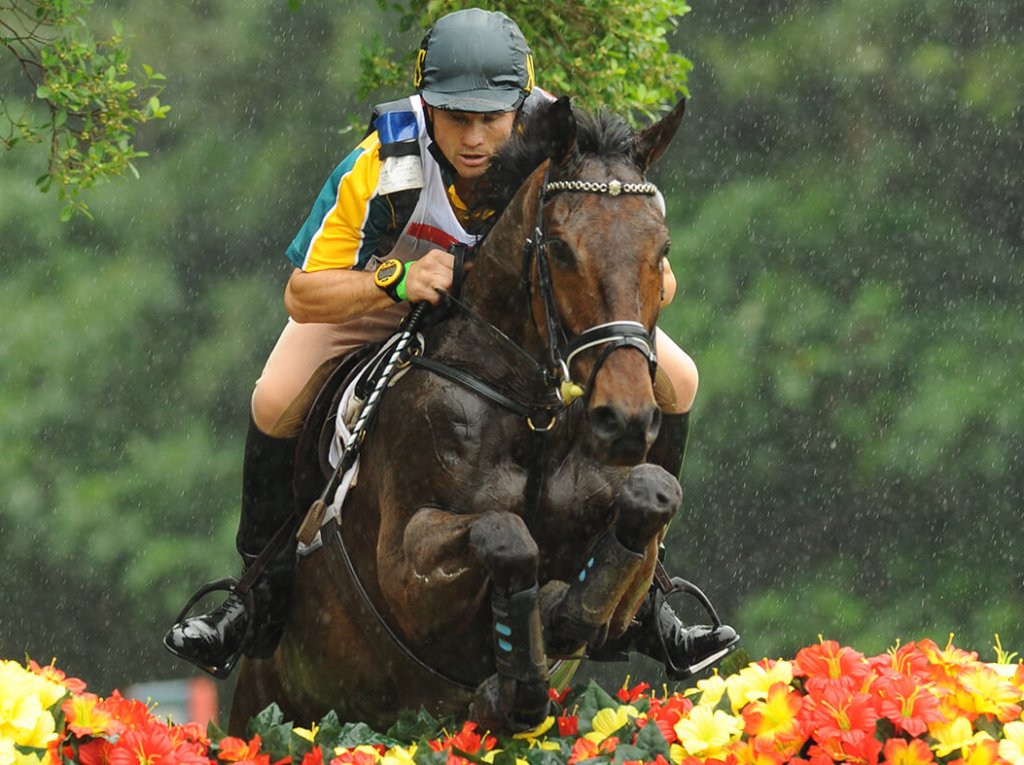
While some horses transition easily into second careers after racing, others take some time and may need specialist care and attention from experts before they can settle into a slower pace of life. In recent years the state racing authorities have made huge investments in caring for horses after they’ve finished racing.
In 2017 Racing NSW purchased a 2,600-acre property with state-of-the-art facilities which is dedicated to retraining and rehoming racehorses. Two years later, they purchased a property near Taree for around $1.5 million, where horses can rest and recuperate before they find a home after racing, and latterly they purchased a 300-acre property near Goulburn – a fully equipped facility which has had immediate success in rehoming horses from the southern parts of NSW.
Racing NSW also employs two dedicated welfare vets who, in addition to race-day activities, assist Racing NSW’s rehoming operations and monitor retired racehorses that were predominantly based in the state, and are able to intervene by seizing horses in rare cases of mismanagement.
Next year (2023) sees the inaugural Equimillion, established by Racing NSW as a $1-million equestrian event exclusively for retired racehorses.
Racing Victoria has a network of over 50 ‘Acknowledged Retrainers’ and the term is more than a hollow badge – for example, during COVID Racing Victoria directed $300,000 to some of their acknowledged retrainers who ended up caring for off-the-track horses for longer than anticipated during the pandemic.
Racing Victoria also started its RESET (Racehorse, Evaluation, Support, Education and Transition) program in 2020, which has continued to expand, and supports those horses who are initially unsuccessful in transition out of racing. Read more about the RESET program here.
State authority Racing Queensland also has a similar ‘off-the-track’ program, which includes their subsidised lesson program, which enables new owners of retired racehorses to receive instruction and support across a race of areas including nutrition, behaviour and riding.
